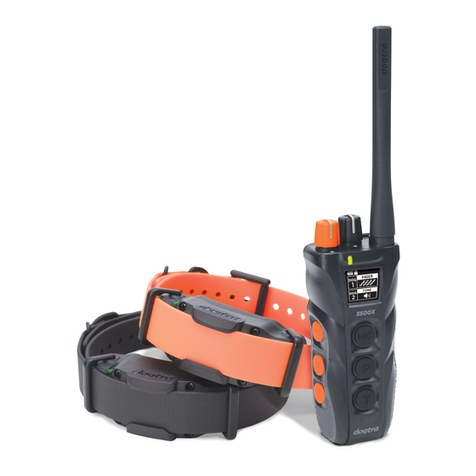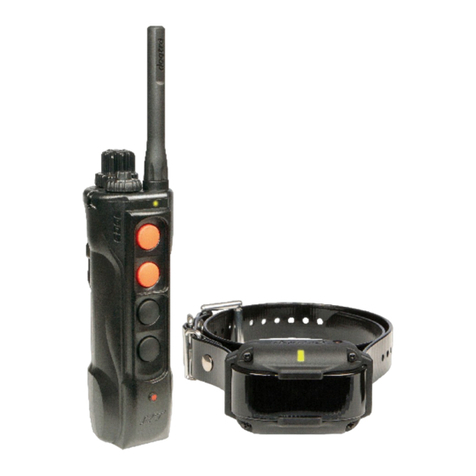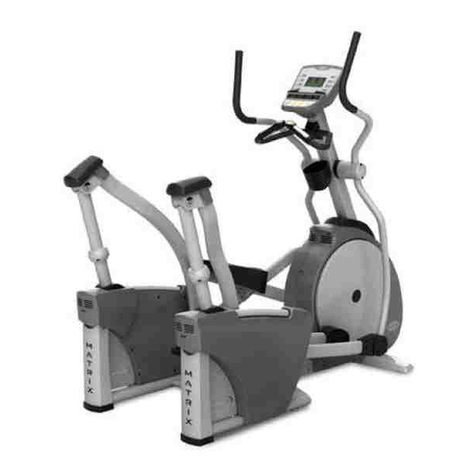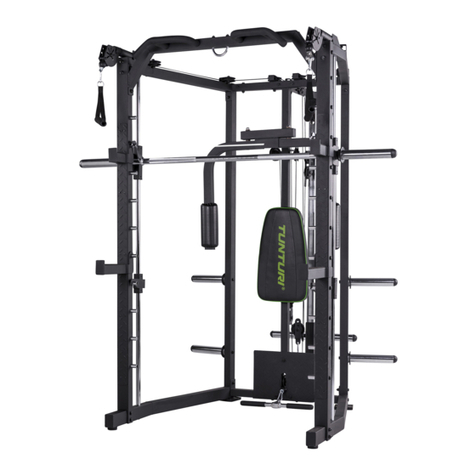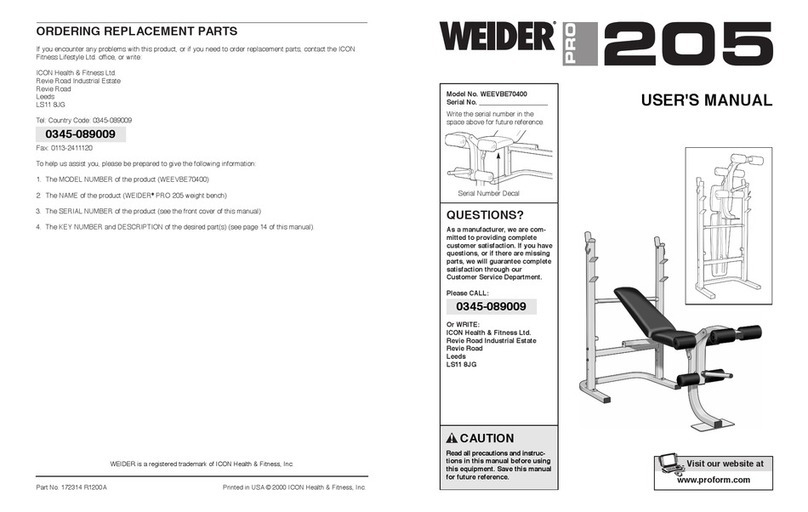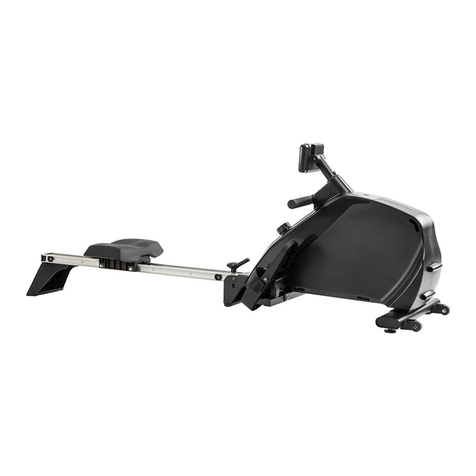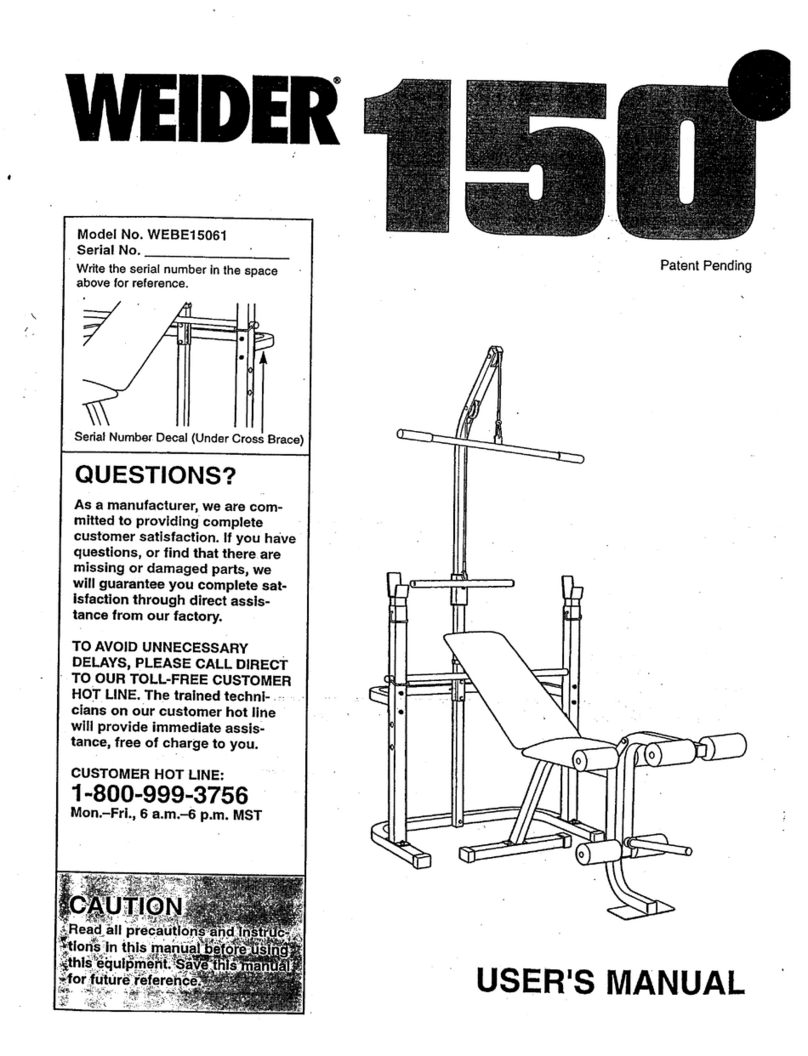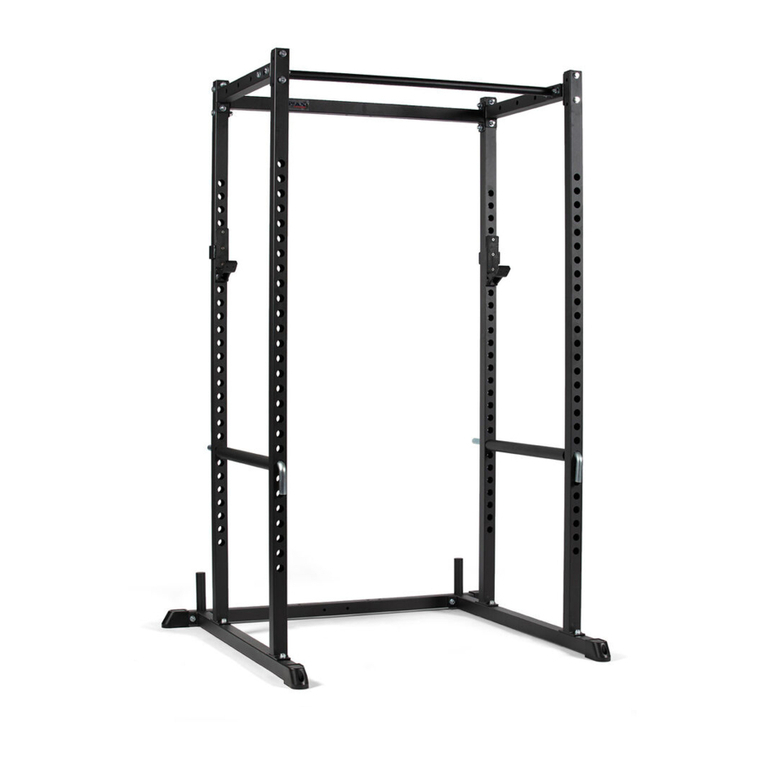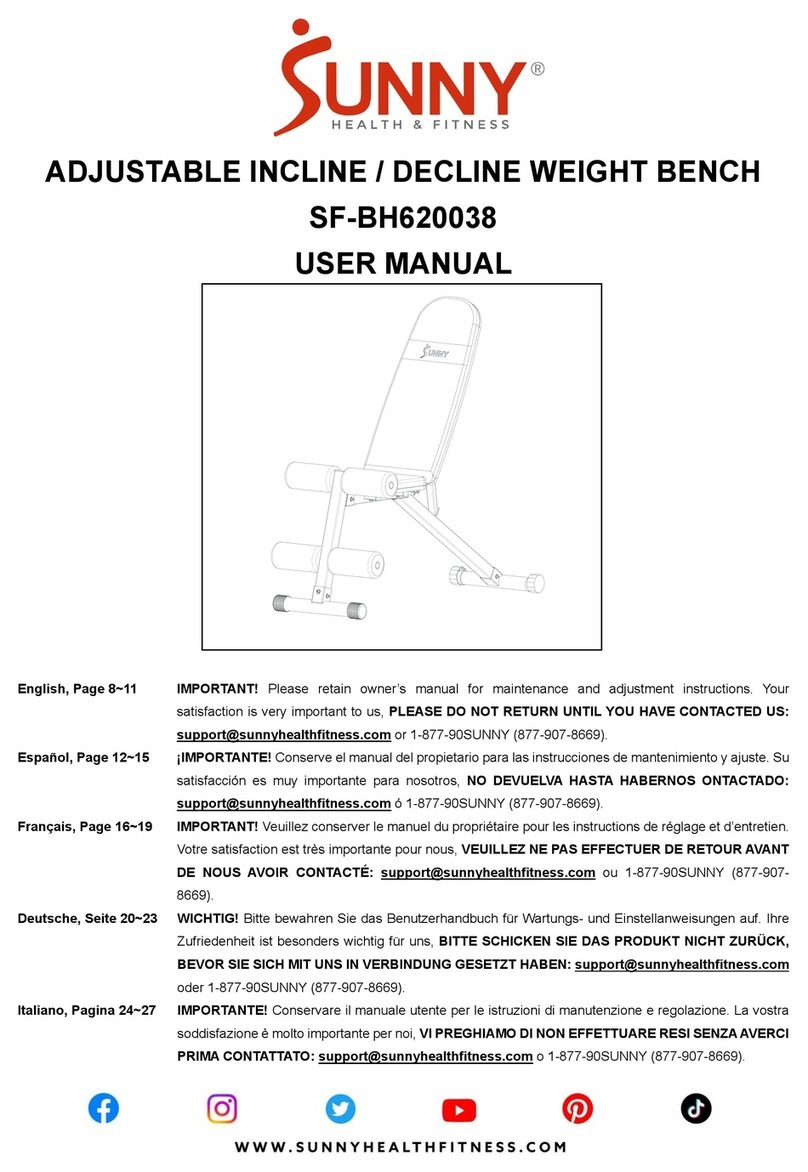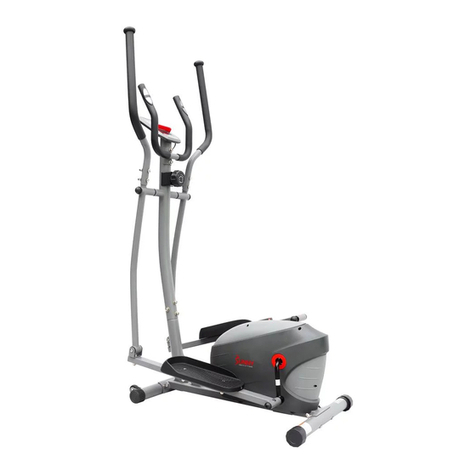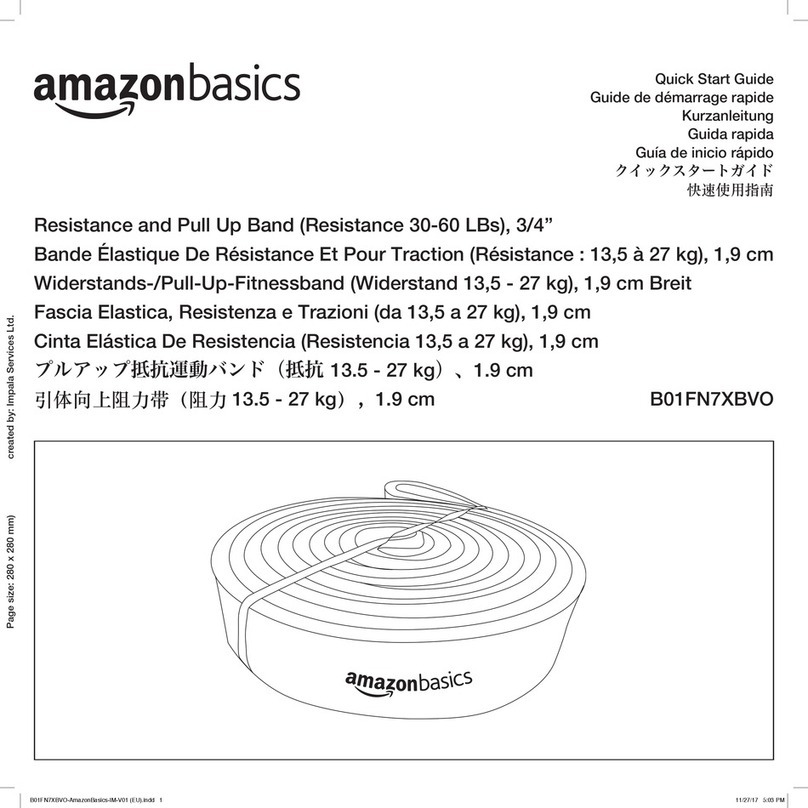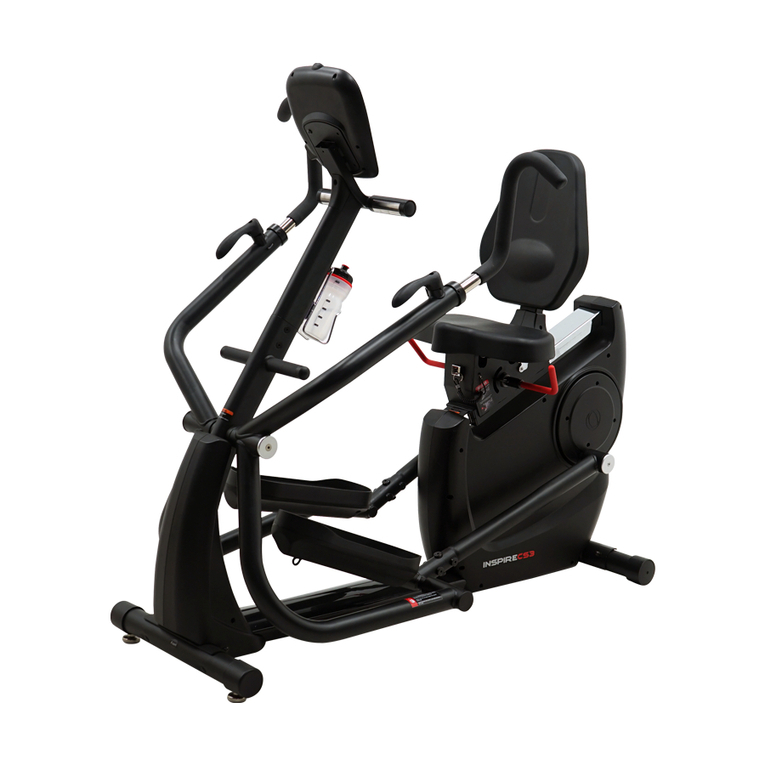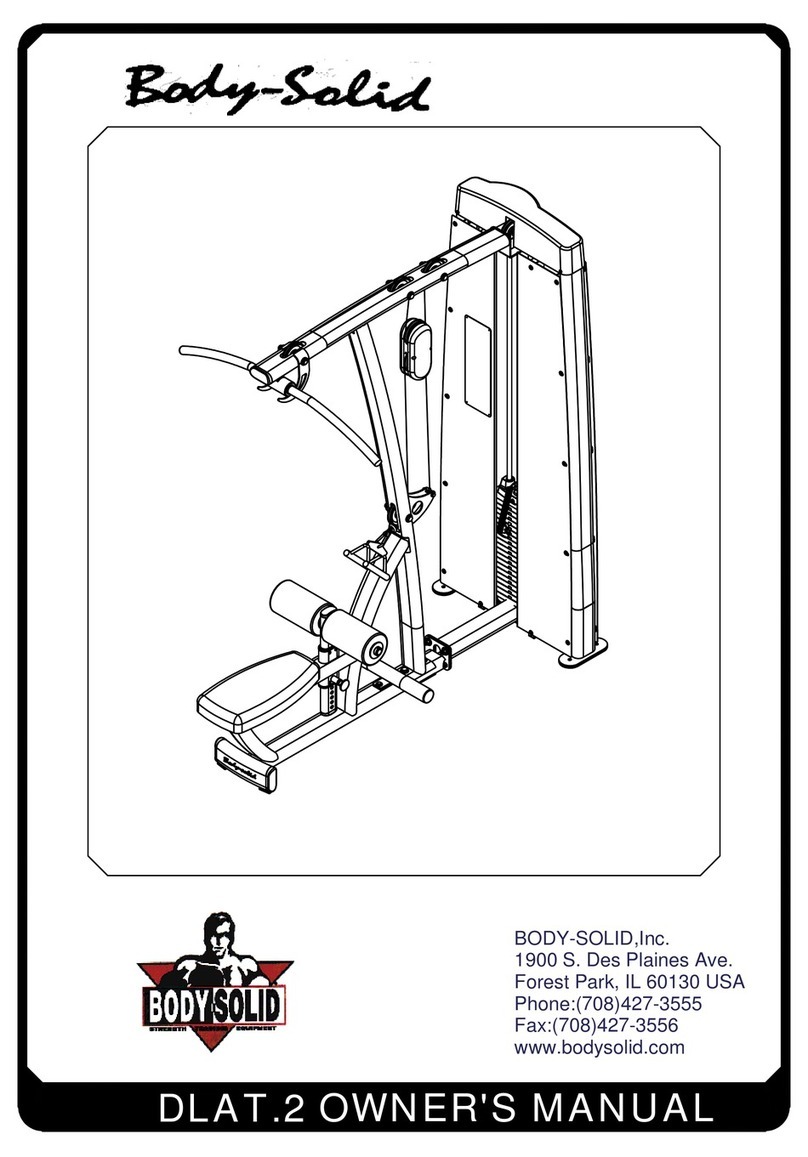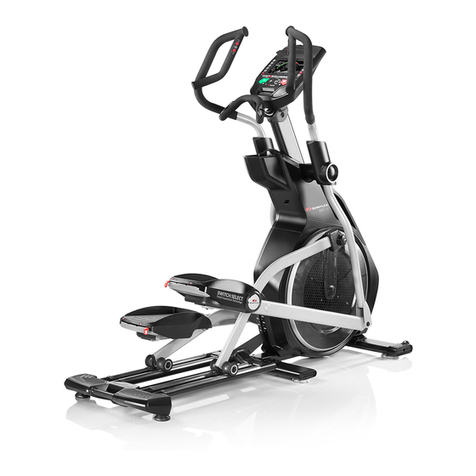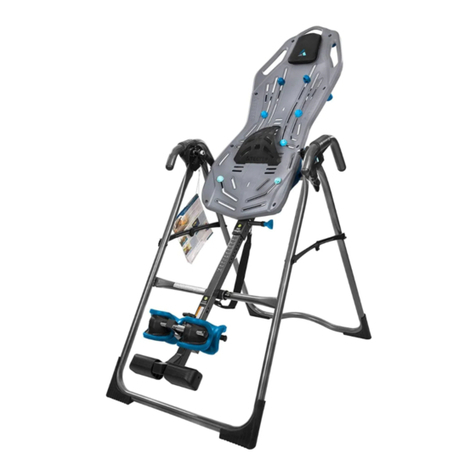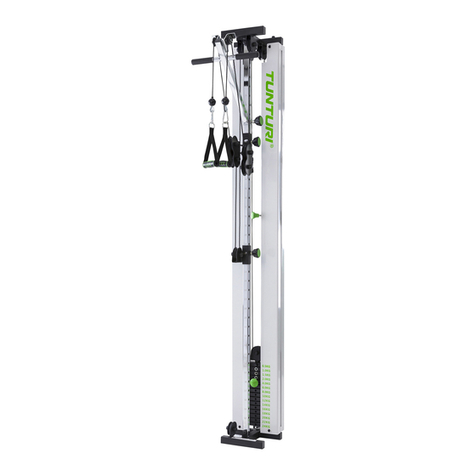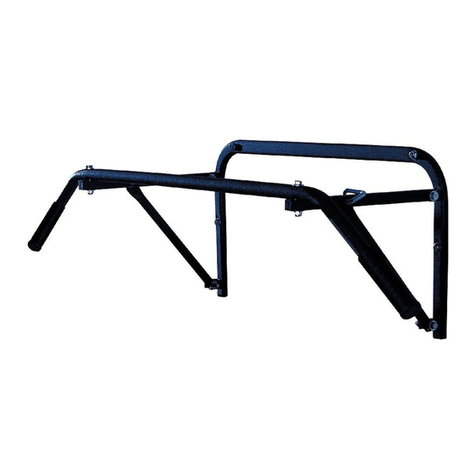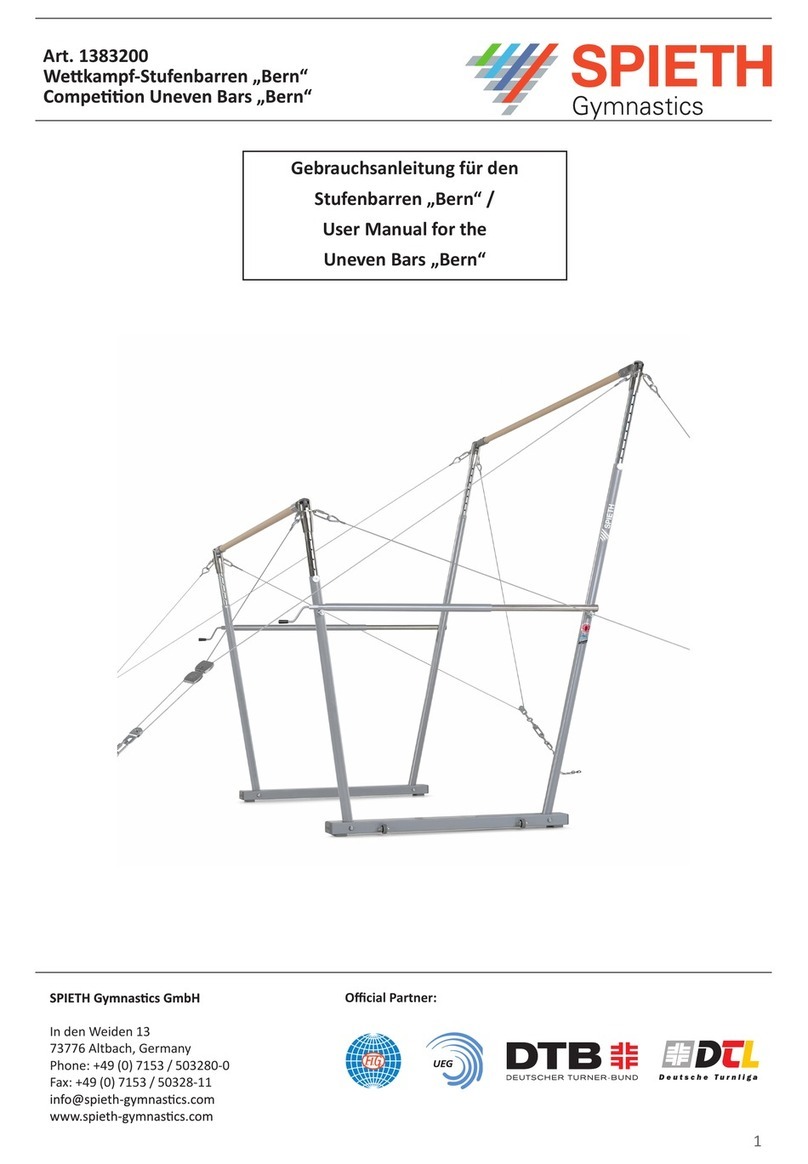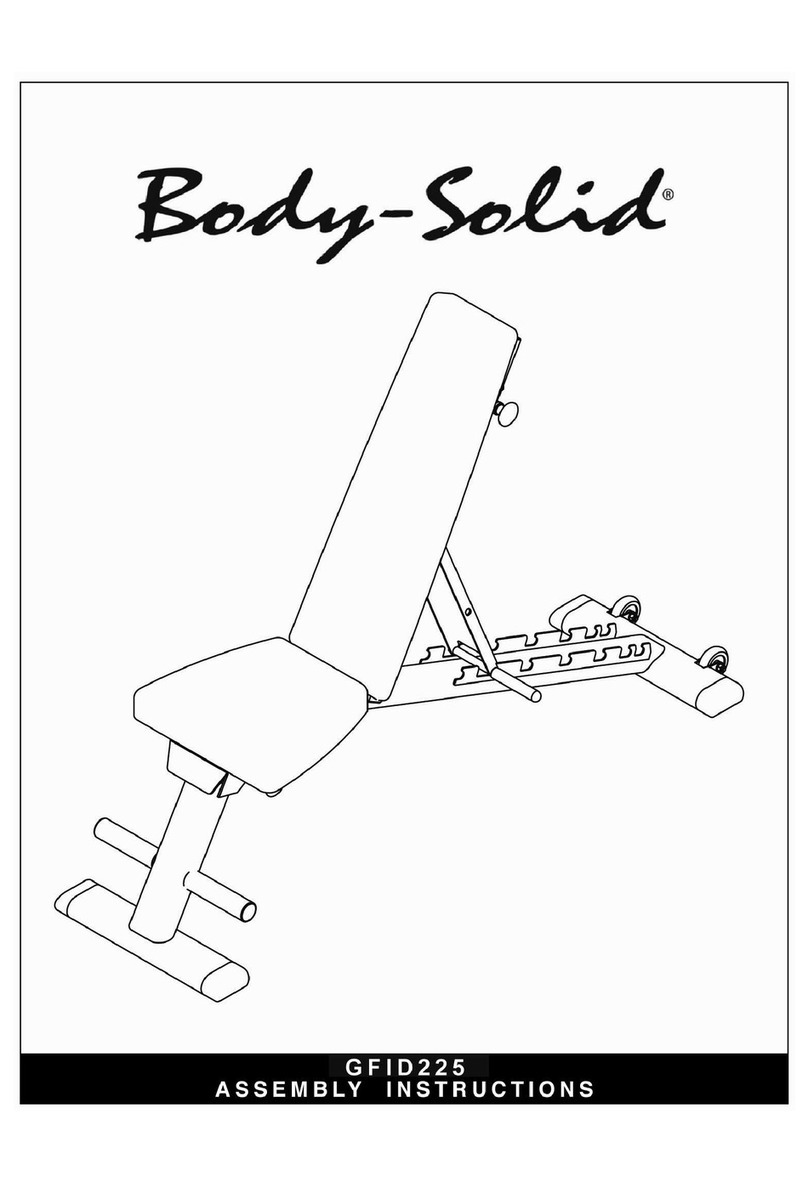Dogtra 200C User manual


1
By Dogtra
Remote Controlled Dog Training Collars
Owner's Manual
Please read this manual thoroughly
before operating the Dogtra 200C training collar.

2
Product Safety and Health Statement
Proper e-collar use
Dogtra e-collars are intended for the sole purpose of
behavior modication of dogs. They are NOT intended for
human use or use on other animals. Dogtra Company does
not assume any liability for the improper use of a Dogtra
e-collar.
Aggressive dogs
Dogtra highly recommends consulting a dog training
professional when using an e-collar to correct dogs that are
aggressive towards other dogs or people.
Interference with other electronic devices
Dogtra’s industry-leading technology ltering system
ensures minimal interference with other electronic devices
(garage door openers, mobile phones, etc.). Our digital
microprocessor offers thousands of unique codes to
eliminate frequency match-up with other Dogtra e-collars.
Dogtra recommends consulting your physician if you are
going to use the e-collar and you have any type of medical
devices.
Inadvertent activation
If the constant button is held down for 12 seconds or more,
the unit will automatically shut down. It reactivates when
the button is released and depressed again.
Proper Fit
A loose t can allow the receiver/collar to move around on
the dog’s neck. When this happens, the contact points may
rub the skin and cause irritation. If the unit is too loose, the
contact points will not make proper contact and your dog
will not receive consistent stimulation.

3
Duration your dog can wear the unit
Leaving the receiver/collar in the same location on the
dog’s neck for an extended period of time can cause skin
irritation. If the dog is to wear the e-collar for long periods,
occasionally reposition the receiver/collar so that the contact
points are moved to a different location on the dog’s neck.
Make sure you check for skin irritation each time you use
the unit. If your dog exhibits signs of skin irritation, consult
with a veterinarian.
Reaction to the stimulation
Every dog has a different tolerance and reaction to the
stimulation. Please look at your dog’s reaction to nd just
the right level of stimulation. The stimulation level may
vary depending on the situation and distractions. Normally
a distracted dog (chasing another dog, squirrel, etc.) will
require a higher level of stimulation compared to when
there is no distraction.
Training Methods
E-collars can be used with many different methods. If you
have any concerns in the training methods provided by
Dogtra, consult with a dog training professional.

4
Table of Contents
At a Glance ........................................................
Main Features of the 200C .....................................
Overview ...........................................................
Understanding Your Training System
1. How to Turn the 200C On/Off ............................
2. How the Transmitter Buttons Work .....................
3. Collar Fitting ................................................
4. How to Find the Right Stimulation ......................
5. To Maximize the Distance ................................
6. The LED Indicator ..........................................
7. Charging the Battery .......................................
General Training Tips ............................................
Maintenance ......................................................
Troubleshooting Guide ..........................................
Warranty and Repair Information .............................
5
6
7
10
10
13
14
14
15
16
18
20
21
23

5
At a Glance
Optional accessories
Belt clip
A belt clip is available for the handheld transmitter.
Field auto charger
Dogtra’s eld auto chargers are designed for use with a
5-volt car outlet.
European charger
Dogtra’s European chargers are designed for use with a
230V AC electrical outlet.
To purchase accessories, please visit www.dogtra.com or
call customer service at 1-888-811-9111.
Owner's
Manual
Receiver/
Collar
Transmitter Battery
charger
Splitter
cable

Rheostat/Volume Dial with Stimulation Levels 0-100
6
Main Features of the 200C
Fully Waterproof
Reduced Size Receiver
1-Handed Operation
Non-Stimulating High Performance Pager
Enhanced Contact Points
2-Hour Rapid Charge Batteries
Nick and Constant Stimulation
1/2-Mile Range
For Dogs as Small as 10 lbs.
10 lbs
Low to Medium Power Stimulation

7
Overview
Transmitter
Antenna
Rheostat
Intensity Dial
Battery
Charging
Receptacle &
Rubber Plug
Pager
Button
Nick
Button
LED
Indicator
Light
Constant
Button
On/Off
Magnetic
Red Dot

8
Transmitter
Antenna
Battery
Charging
Receptacle &
Rubber Plug
2nd Dog
Pager
(Orange
Button)
1st Dog
Pager
(Gray
Button)
1st Dog
Nick/
Constant
(Gray
Button)
LED
Indicator
Light
Nick/Constant
Toggle Switch
2nd Dog
Nick/
Constant
(Orange
Button)
On/Off
Magnetic
Red Dot
Rheostat
Intensity Dial

9
Receiver/Collar
Contact Points
Collar Strap
On/Off
Magnetic
Red Dot
Battery Charging
Receptacle &
Rubber Plug
LED Indicator
Light

10
UnderstandingYourTraining System
1. How to Turn the 200C On/O
To activate the receiver/collar, place the red dot on the back of
the transmitter to the red dot on the receiver/collar. Hold the
two red dots together for a moment until the LED light on the
receiver/collar comes on.
To deactivate the unit, repeat the same procedure holding the
two red dots together momentarily. The LED light will turn red
for a brief moment indicating that the receiver/collar is now
shut off.
The transmitter does not have an on/off switch, and it will only
activate when buttons are pressed.
2. How the Transmitter Buttons Work
200C
The transmitter for the 200C single dog unit has three
buttons (one on the face of the transmitter, and two on the
left side).
Pager
Button
Nick
Button
Constant
Button

11
Nick Button
The “Nick” button is located on top on the left side of the
handheld transmitter. When the “Nick” button is pressed the
receiver emits a single pulse of electrical stimulation.
Constant Button
The “Constant” button is located on the bottom on the left
side of the handheld transmitter. Pressing the “Constant”
button gives continuous stimulation as long as the button is
pushed, for up to 12 seconds. If the button is not released
after 12 seconds, the stimulation will automatically turn off
as a safety feature. The collar will be ready to be reactivated
once the button has been released.
Pager Button
The “Pager” button is located on the face of the transmitter.
Pressing it will give non-stimulating vibration as long as the
button is depressed, for up to 12 seconds.
202C
The 202C two-dog unit has four buttons and a toggle switch
on the transmitter (two on the face of the transmitter, and
two on the left side).
Nick/Constant
Toggle Switch
2nd Dog Pager
(Orange Button)
1st Dog Pager
(Gray Button)
1st Dog Nick/
Constant
(Gray Button)
2nd Dog Nick/
Constant
(Orange Button)

12
Nick & Constant Toggle Switch
Located on the face of the transmitter is a toggle switch.
The toggle switch has a setting for “Nick” and another for
“Constant”. The color-coordinated buttons (orange for the
orange receiver/collar and gray for the black receiver/collar)
will implement the desired stimulation based on the toggle
switch setting.
When either the orange or gray stimulation button is pressed
and the toggle is set on “Nick” the receiver emits a single
pulse of electrical stimulation.
When you press either the orange or gray stimulation
button, and the toggle is set on “Constant”, the receiver
emits a continuous stimulation as long as the button is
pushed, for up to 12 seconds to the corresponding collar. If
the button is not released after 12 seconds, the stimulation
will automatically turn off as a safety feature. The collar will
be ready to be reactivated once the button has been released.
Pager Button
The Pager buttons are located on the face of the transmitter.
The orange button corresponds with the orange receiver/
collar and the gray with the black receiver/collar. Pressing it
will give non-stimulating vibration as long as the button is
depressed, for up to 12 seconds.

13
3. Collar Fitting
The receiver/collar should be tted so that the surgical
stainless steel contact points press rmly against the dog’s
skin. When properly tted, you should be able to t a nger
or two snugly in between the contact points and your dog’s
skin. When properly tted, the receiver/collar should not
move on the dog. The best location for the receiver/collar
box is either side of the dog’s windpipe.
A loose t can allow the receiver/collar to move around
on the dog’s neck. When this happens, the contact points
may rub the skin and cause irritation. If the receiver/collar
is too tight, the dogs may have difculty breathing.

14
4. How to Find the Right Stimulation
start at the lowest level and work your way up. The
appropriate level can be found when the dog responds to
the stimulation with a mild reaction, such as a tensing of the
neck muscles. The stimulation level may vary depending
on the training situation. When highly distracted, dogs will
require a higher level of stimulation.
NOTE : The stimulation intensity can be adjusted even
while the stimulation is in use.
5. To Maximize the Distance
The 200C has a 1/2-mile range. The range may vary
depending on the way the transmitter is held. Hold the
transmitter away from your body to receive the greatest
range. For maximum signal strength, keep the 200C
properly charged.
*Avoid touching the antenna or the range may decrease
substantially.
Maximum range Typical range Minimum range
The 200C comes with the rheostat
dial on the transmitter. The
rheostat intensity dial controls the
stimulation level, with level 0 being
the lowest level and level 100 being
the highest. The level of stimulation
best suited for your dog depends
on your dog’s temperament and
threshold for stimulation. Always

15
6. The LED Indicator
The LED indicator ashes every 4 seconds when the
receiver is on and ready for use. The LED indicator will
blink on both the transmitter and the receiver when the
transmitter buttons are pressed.
The LED indicator color indicates the battery life level.
Green = Fully charged, Amber = Medium, Red = Needs
charging
If the unit is used while the LED indicator is red, it will shut
down automatically.
Receiver Indicator Light
When the “Constant” button on the transmitter is pushed,
the collar indicator light will glow steadily (either green,
amber, or red based on the remaining battery life), as long as
you hold the button down, for up to 12 seconds. When the
“Nick” button is pushed, the light comes on for a fraction of
a second.

16
7. Charging the Battery
The Dogtra 200C uses Lithium-Polymer batteries.
1. Charge the unit before using the unit for the rst time.
2. Do not charge the batteries near any ammable
substances.
3. Fully charge the batteries if the unit is to be stored
without use for a period of 3 months or more.
Recharge the unit if :
1. The indicator light on the collar is emitting a red color.
2. The indicator light on the transmitter or receiver will not
come on. The indicator light on the transmitter or receiver
comes on momentarily, but will not stay on when the
“Constant” button is pushed.
Battery Charging Procedure
NOTE : The unit has a partial charge when it leaves the
Dogtra facility, upon receipt of the collar, be sure to give it
a full 2-hour initial charge before the rst use.

17
1. Attach the charging cables to both the transmitter and
receiver(s), as shown on page 16.
2. Plug the charger into a 120-volt wall outlet or if using the
accessory eld charger, plug into a cigarette lighter only
for Lithium-Polymer batteries (use a 230-volt European
charger for Europe). When properly plugged in, all
indicator lights should glow red. During the charging
process, the unit will shut off. Once the battery cable is
unplugged from the unit after a full charge, you will need
to turn the unit on again before use.
3. The Lithium-Polymer battery is fully charged within
2 hours. The lights will stay red during the charging
process. The red light will change into a steady green light
when the battery is fully charged (when you disconnect
the charger after nishing the charge, you will need to
restart the unit).
4. After charging, cover the battery charging receptacles
with the rubber plugs on the transmitter and receiver/collar.
NOTE : Only use Dogtra-approved batteries, chargers,
and accessories for your Dogtra e-collars. When a charger
is not in use, disconnect it from the power source.

18
General TrainingTips
Getting started with your 200C
Your dog must know some very basic obedience commands
before beginning training with the 200C. A dog learns by
rst being shown a command, followed by lots of repetition
over an extended period. As the dog becomes procient at
these commands, the trainer can introduce distractions and
different locations to strengthen them. Throw in the correct
amount of positive and negative reinforcement and you
should end up with a well-mannered dog.
Obedience training on the leash
Your dog must fully understand the obedience commands
(sit, stay, here, heel and kennel) before using the e-collar
for reinforcement of these commands. A leash attached
to a standard collar is used to "teach" the dog the basic
obedience commands (here, heel, sit, and stay). A tug on the
leash/collar is used to reinforce the command. When the dog
complies with the command, use positive reinforcement/
praise. Once the dog understands these commands, the
e-collar can be used to reinforce them.
Beginning e-collar training
When you feel your dog understands the obedience
commands on the leash we can now start with the electric
collar training. With the dog on the leash wearing the
electric collar continue with your obedience drills. Light
stimulation (nick or constant) is going to be applied as a
command is given, the stimulation is removed as the dog
complies. Through repetition, a dog learns to turn off the
light stimulation by performing the command.
E-collar training is another form of negative reinforcement,
similar to the leash and standard collar training. When the

19
dog complies with the command, we use praise/positive
reinforcement.
The nal step is the avoidance phase in which the dog learns
that he can avoid the stimulation altogether by performing
your commands. When these training procedures are
complete, the electric collar is used as a reminder when the
dog does not comply with your commands at home or in the
eld. Keep your initial training sessions short and positive.
Dogs have a short attention span, especially young dogs.
How much stimulation to use
Always start with low levels of stimulation and work your
way up depending on the disposition of your dog and
any given situation. By using only enough stimulation to
get your point across, you will have a more controllable
environment and a dog that is under less stress. Animals
(and humans) perform better in a less stressful environment.
For more training information, please visit our website at
www.dogtra.com.
Other manuals for 200C
3
Table of contents
Other Dogtra Fitness Equipment manuals
